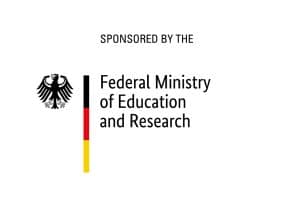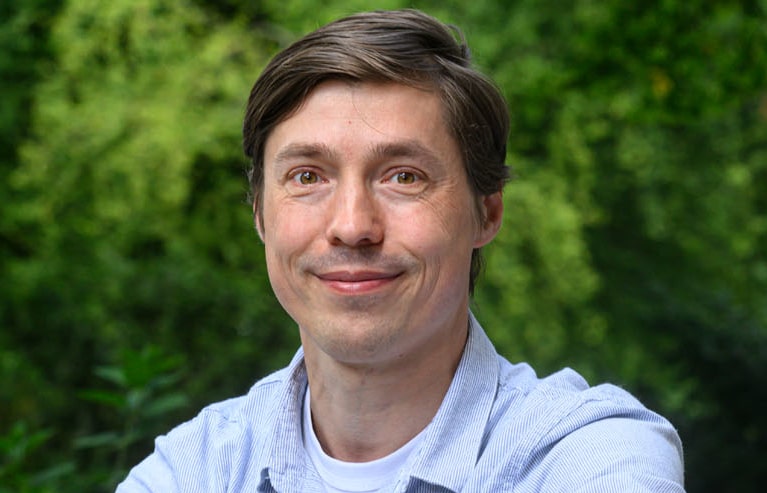This project examines the communication of “celebrities” in social media to gain a better understanding of their role in disinformation campaigns.
In the BMBF-funded cooperation project “Cross-Platform Identification, Monitoring and Modelling of Disinformation Dissemination Patterns” (NOTORIOUS), research is being conducted in cooperation with the Hamburg University of Applied Sciences (HAW) and the Institute for Strategic Dialogue gGmbH, Berlin, on the role of celebrities in political communication and in the dissemination of disinformation in social media.
The working basis is the observation that celebrities are usually present on several digital platforms and can thus be used very well as markers for the spread of disinformation across platforms. By means of a detailed scientific analysis of the ways in which disinformation is disseminated from them, the dissemination patterns behind them are to be researched and systematically analysed.
A video on the BMBF website explains the key points of the project (in German).
Motivation
Disinformation is shared digitally on various social media channels and online platforms. As the well-known social platforms and services are increasingly introducing stricter rules for shared content, lesser-known channels or niche channels set up specifically for this purpose are increasingly being used for targeted disinformation. This shift to specific platforms is problematic, as there is usually little resistance to or correction of disinformation on these. Hence, they become digital retreats for extremists or supporters of conspiracy theories, for example. The dissemination of disinformation can take place almost unhindered. High-profile personalities who have a high reach in social media play an important role in this. The effect of “celebrity” communication often unfolds inconspicuously on an emotional and spiritual level rather than via facts and factual arguments. Exactly how disinformation is spread by means of celebrities and how it is received by the audience has not yet been sufficiently studied by science.
Innovations and perspectives
The spread of disinformation through “celebrity” communication increasingly devalues the gatekeeper function of professional journalism within digital, social media. Through the project’s findings on the underlying mechanisms, we hope to gain a better understanding of the role of celebrities in disinformation campaigns. This understanding can then in turn be used to develop and implement more effective countermeasures in terms of fact-based and democracy-supporting information dissemination, which are becoming increasingly important for a democratic society in light of the general increase in disinformation.

Picture: Charles Deluvio / unsplash







![Screenshot of an article on the Verfassungsblog. Title of the article: “Ein rundfunkrechtliches ‘Solange’?” [An “As Long As" in Broadcasting Law?]](https://leibniz-hbi-de.b-cdn.net/wp-content/uploads/2025/10/Verfassungsblog-Mast-Schulz-OeRR.jpg)





